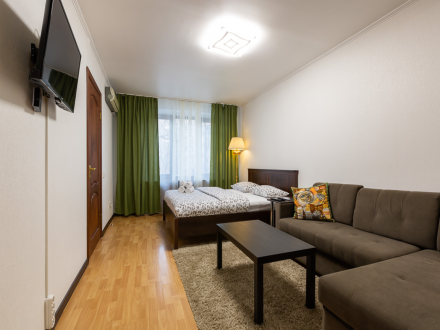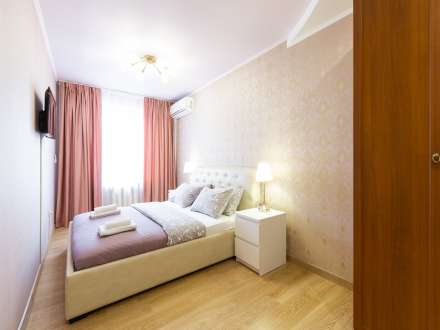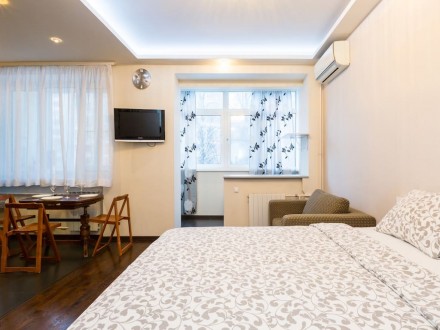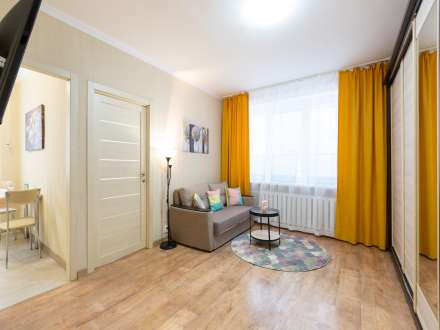Chambers of the Romanov boyars - the oldest place in Moscow
In the very center of Moscow, between the Zaryadye park and Varvarka for more than 500 years there are white-stone chambers of the Romanov boyars – future dynasty. It was there that Mikhail Romanov was born at the end of the 16th century. Muscovites and guests of the capital have the opportunity to plunge into history for a small fee, see the birthplace of the future tsar, and get acquainted with the life of that time.
History of the place
Presumably, Khovrina merchants chose this place back in the 15th century. Then the Romanov boyars settled here.
At the turn of the 16th and 17th centuries, Boris Godunov reigned on the throne, who subjected the Romanovs to persecution. The father of the future tsar, Fyodor Romanov, was exiled to a monastery and trimmed as a monk. In history, he became more famous under the name Filaret.
In 1626, a fire severely damaged the chambers. Immediately, Tsar Michael began to restore his family nest, already living in the Kremlin. The descendants of the royal council gave the chambers to the estate of the Znamensky Monastery. The building was rebuilt several times, and in the middle of the 19th century it became one of the first domestic museums – "House of the boyars of the Romanovs". The upper floor was reconstructed, the front porch was completed, and the interior was richly decorated.
What's interesting
Unfortunately, the original appearance of the building itself has not been completely preserved, but the white stone basement on which it stands was built in the 16th century.
For an hour of excursion around this place, you can get acquainted with the life of the Moscow boyars of the 17th century. The museum presents residential and commercial interiors of that time. Here are authentic furniture, household items, clothes, utensils, books, fabrics, etc. In Russia, there is no longer a museum that could immerse visitors in such detail into the atmosphere of boyar life five hundred centuries ago.
The wards are divided into male and female halves. On the first floor there are the interiors of the refectory, where guests were received, feasts and dinners were arranged, a library, a boyar's study and a room for the eldest sons.
The second floor is reserved for women. Visitors first enter the canopy – passage room. From it you can get into the room of the noblewoman – housewives. The room is isolated from the rest, because women from the upper classes of that time preferred a secluded lifestyle. Also on the second floor there is a light room – a workshop in which women were engaged in needlework.
Visitors of the museum can go down to the basement of the end of the 15th century. Thick walls are almost completely preserved from that time.








